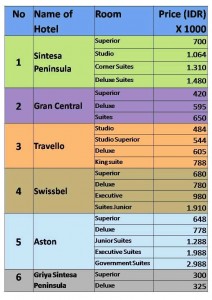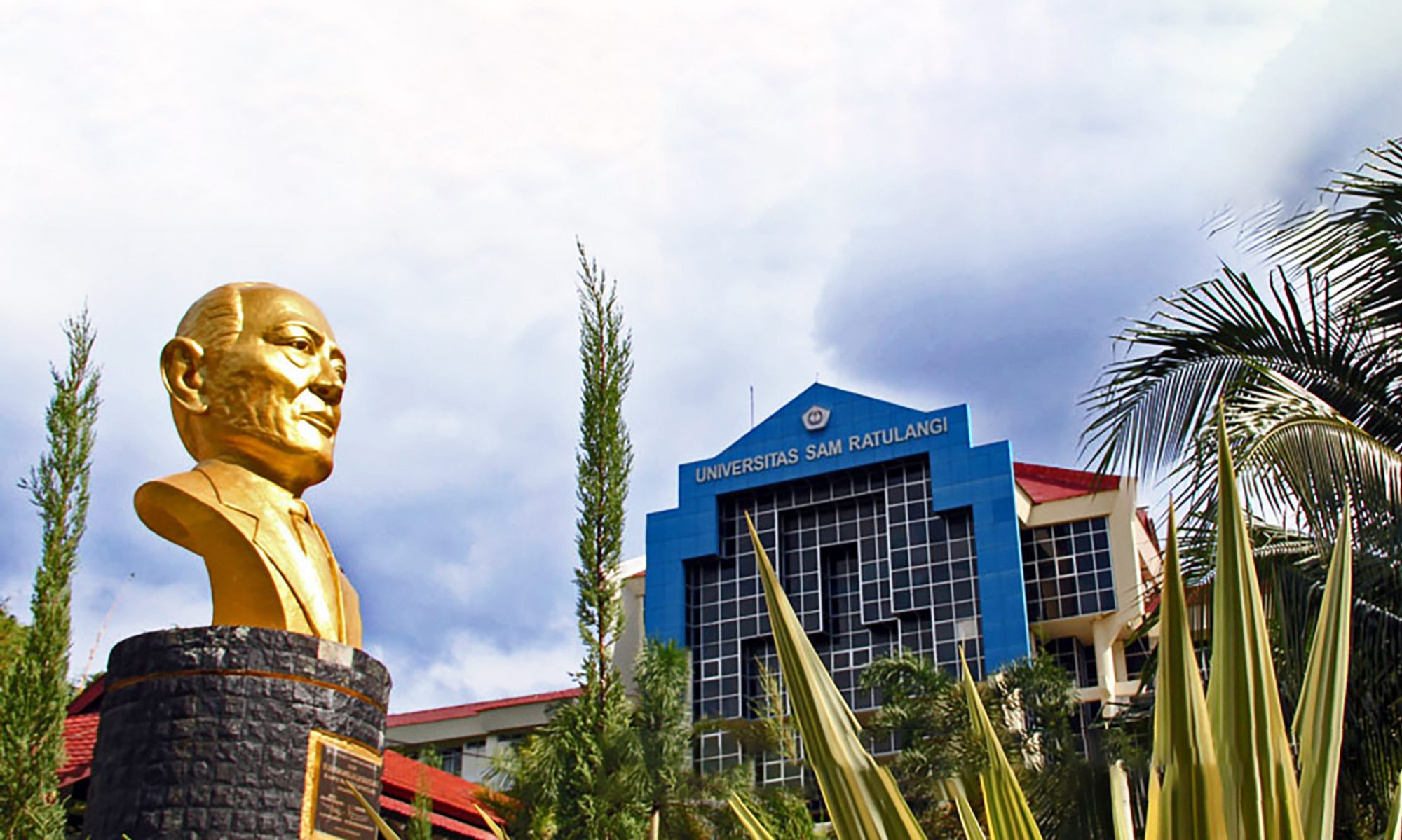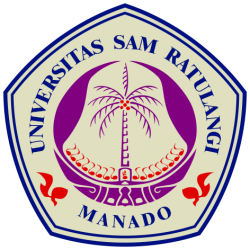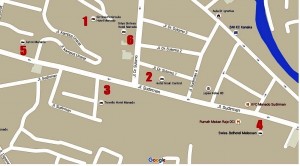Audy M.H. Dien, 2016. Study on Mangrove Ecosystem Potential In Its Management As Ecotourism Area In Bahoi, Likupang District, North Minahasa Regency
Supervisors:
Dr. Ir. Unstain N.W.J. Rembet, MSi
Dr. Ir. Adnan Wantasen, MSi
SUMMARY
Mangrove forest is a forest occurring in muddy and sandy soil along coast and river mouth influenced by tides. Since it is vulnerable to succession, damaged, difficult to recover, and has important ecological role, the management of mangrove forest is highly needed. This study was carried out in mangrove forest of Bahoi, Likupang district, North Minahasa regency, North Sulawesi, in April – September 2015. It was aimed at knowing the ecological condition of the mangrove forest, identifying the benefit obtained from mangrove ecosystem, and studying the ecotourism-based mangrove ecosystem management. In this study, mangrove ecosystem, coastal villagers, and related stakeholder in Bahoi are the study objects.
Study stations were selected by determining representatives from each zonation and site condition. Based on both considerations, 3 stations and 12 plots were selected. Each study site was laid 10 x 10 m sample plots for tree, 5 x 5 m for seedlings, and 1 x 1 m for seeds and lower plants. Data collected were mangrove species and rooting type, then tree diameter measurement (1.3 meter) and biota around the study site were also observed. Community’s and visitor’s perception data collection employed purposive sampling method using questioneers on 30 respondents. Secondary data were taken from government institutions in relation with this study. All data were analyzed to present the potential of mangrove ecosystem, the ecological suitability, and the carrying capacity, then continued with SWOT analysis.
Results showed that mangrove species in Bahoi were dominated by Rhizophora mucronata, R. apiculata, Bruguiera gymnorrhiza, B. cylindrical, and Sonneratia alba, with the highest density in station 1 shown by Rhizophora apiculata, 0.65 ind/m2, then station 2 and 3 by R. Mucronata, 0.93 and 0.63 ind/m2, respectively. The highest total density was recorded in station 2, 1.85 ind/40 m2, then station 1, 1.78 ind/40 m2, and station 3, 1.35 ind/40 m2, respectively. Based on the suitability level of mangrove ecosystem for ecotourism development, Bahoi was categorized as conditionally suitable. This village possessed mangrove forest thickness between 50 – 350 m, covering 2000 m long of coastal line and 150 m long of white sandy beach. This situation could be taken as ecotourist’s attractibility to do the terrestrial or aquatic ecotourism activities.
SWOT analysis revealed that mangrove ecosystem in Bahoi possessed a potential ecotourism attraction, high associated biodiversity, potential human resources as labors, good people’s perception on the importance of mangrove conservation, and relatively easy access to the downtown of the district, the regency and the city of Manado. The ecotourism development opportunity in Bahoi was also high, since mangrove forest was located near the marine resorts, government and non-government organization were present on conservation program, terrestrial and marine conservation area existed, local community’s will was strong, and several local art and colutural attractions could be developed as tourism objects. Nevertheless, Bahoi had low mangrove species diversity, few ecotourism supporting infrastructures, low availability of human resources, low education level, and low monitoring system of mangrove area from activities disturbing the mangrove forest sustainability.
Local threats were no local regulation on mangrove ecosystem management, the use of mangrove timber as firewood, low clean water availability in dry season, and insufficient of regency government’s attention in coastal area development as marine tourism destination. Based on SWOT analysis, the total of internal strategic factor accumulation value (0,30) and external strategic factor (0,06), 0,36, mangrove ecosystem condition in Bahoi could be established as an ecotourism area. As conclusion, the ecological condition of mangrove ecosystem in Bahoi was categorized as good, and aware of being beneficial for the local community in ecological function as abrasion prevention and living environment of the aquatic biota and in economic function from ecotourism aspect, so that it was right to be managed in the form of ecotourism management. Therefore, improvements in supporting infrastructures for ecotourism and human resources strengthening, optimation of government and stakeholders participated involvement, and economic potential development of the area are highly needed in local mangrove forest management.



